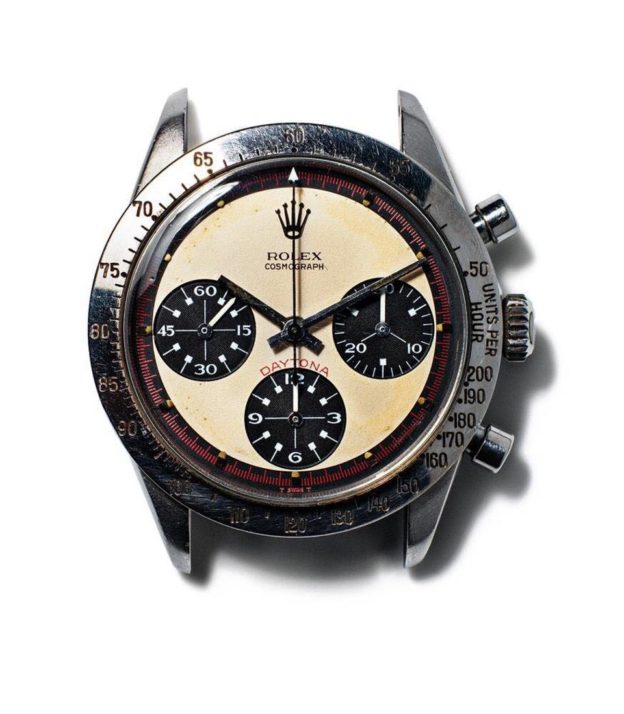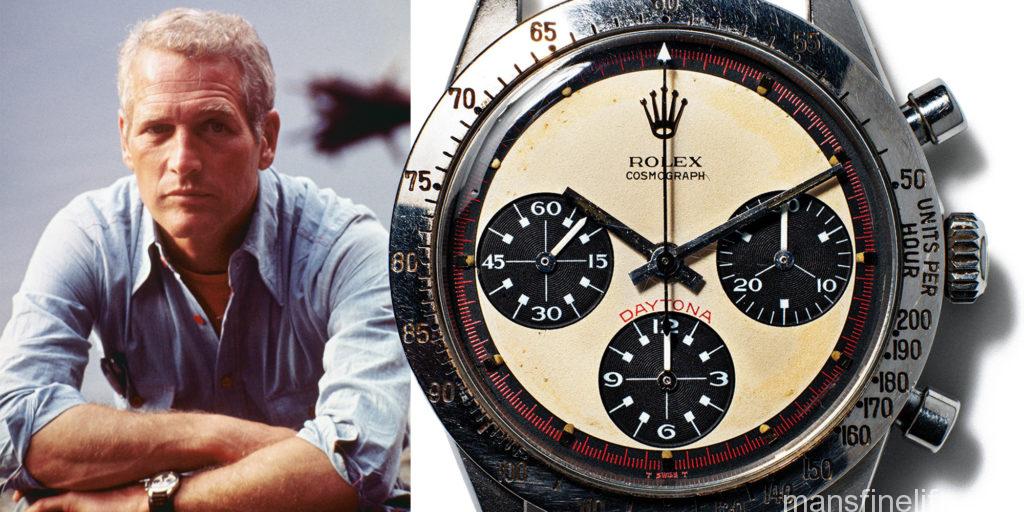Ralph Lauren’s Polo is an old warhorse that still performs like a thoroughbred in its prime. Created way back in 1978, Polo escaped the trap that many of the other succeeding powerhouse Chypres like Antaeus, Salvador Dali and de la Renta’s Pour Loui fell into, that of a general lack of versatility due to their heavily nocturnal and overtly animalic natures, making them taboo in today’s more aromatically PC culture. No, Polo EDT is a cologne you can still spritz on happily in the morning after a shower despite its uhr-leathey nature. It is so wonderfully blended that the green notes easily balance out its more foreboding macho aspects, which to this nose simply summon up the active pleasures of the outdoors and the enjoyable time spent relaxing afterwards.
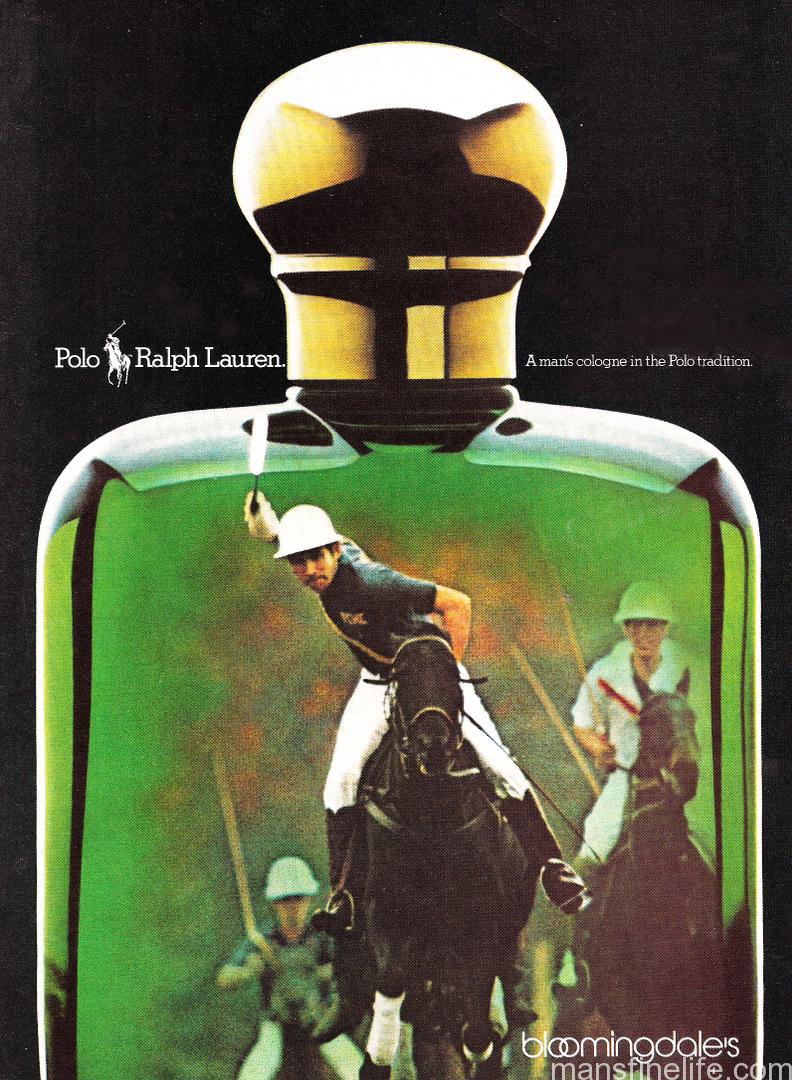
True there is nothing modern about Polo Green and the complaints about its old-mannish qualities are legion. But I have come to firmly believe as I’ve explored more and more men’s fragrances that trying a cologne once will never give you the full picture about whether it’s really going to work for you. You’ve got to revisit it even if you’re initially turned off and preferably let the juice in the bottle aerate after first use and then begin to macerate (I’ve come to also feel this is absolutely pivotal but more on that later). Much like a song you hear for the first time that does nothing for you but later becomes one of your favorites after repeat listenings, cologne can work its magic through repetition and familiarization. Such is the case with the initially intimidating Polo.

Polo definitely goes on strong at first spray with a veritable blast of soapy and astringent green notes like artemisia, juniper and pine, leavened by a very pleasantly smooth and slightly sweet lavender, all underpinned by what smells to me like a smoky, birch tar-like note. This last note is a harbinger of the heart of Polo, where the slightly harsh but exuberant green top notes give way to a classic patchouli-oakmoss-vetiver trinity that is blended into something warm and ultra-masculine but not too over the top. The base dries down into a rich tobacco-leather with a hint of woods and incense, one of the best in the game if not quite as on the nose as Bel Ami’s perfect imitation of leather. It’s comforting and yet stimulating, like pipe smoke in a leather lined study, as others have said before me (sometimes something’s a cliche because it’s true). Longevity is more than solid at around 8 hours and the ingredients in the current version still smell natural and very well blended, justifying the relatively steep price (about $85 retail for 4 oz, less on such reseller sights as Amazon and Fragrancenet).
It all boils down to an unimpeachably classic masculine fragrance, albeit definitely one from the old school (big props to its creator and longtime RL collaborator, Carlos Benaim). There is nothing unisex about Polo with zero aquatic notes and barely any sweetness — you can explore the endless list of Polo flankers for those effects — which is probably why so many young guys run screaming from it. I also admit to being nonplussed when I first tried it. It is definitely less initially user-friendly than the old school Fougères that I cut my teeth on like Paco Rabanne, Tsar and Lauder for Men. But the rewards are no less great than that classic trio and it is considerably more suited to everyday use than its near contemporaries on the Chypre scale like Aramis, Giorgio of Beverly Hills or Fahrenheit. So definitely a try before you buy — on skin not a paper strip — and preferably try several times over time to see if you don’t wind up loving it. That’s what happened to me and now I wear it at least once a week so long as there’s a hint of cool in the weather. If you’re going on a road trip, particularly somewhere rustic in the day with something country-sophisticated in the evening like a well turned out lodge, original Polo might end up being the only cologne you need to pack in your duffel.


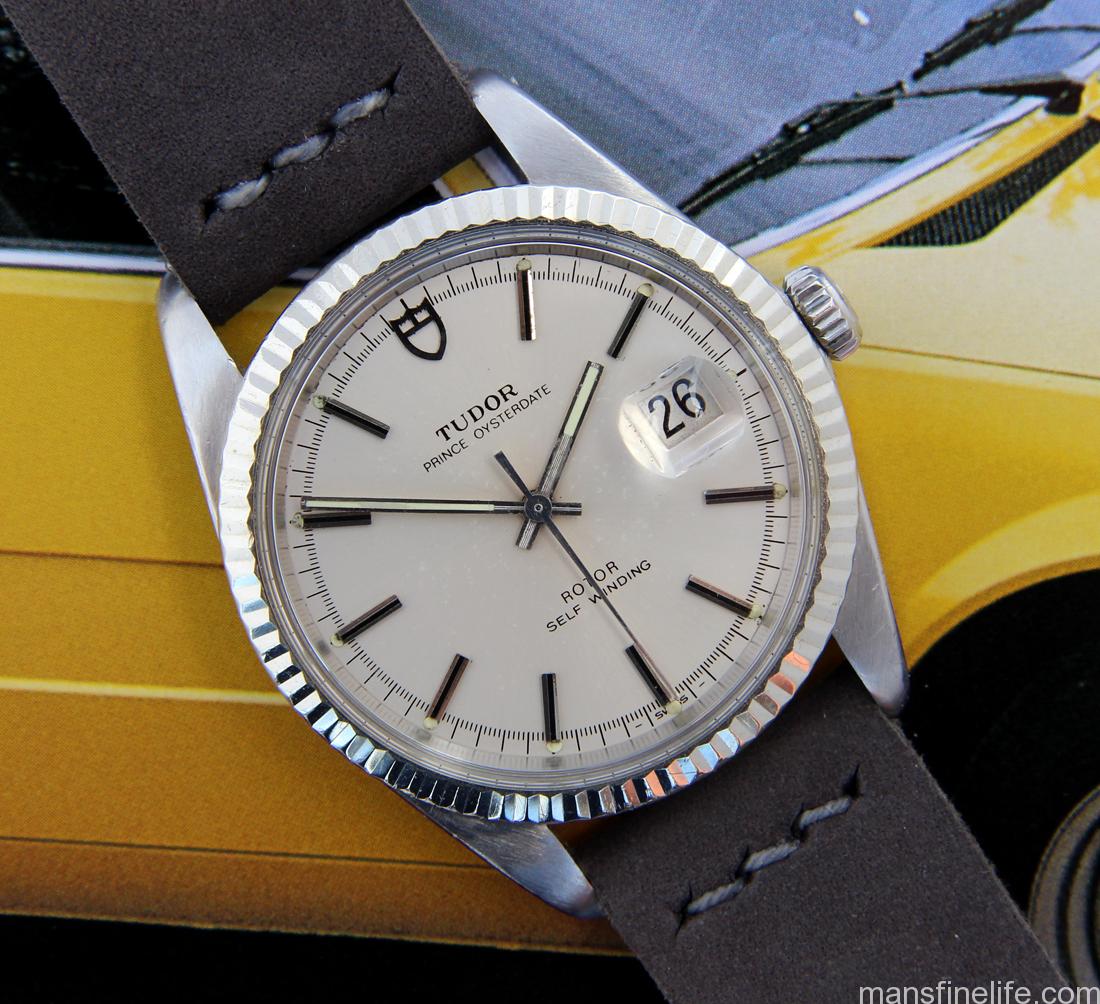
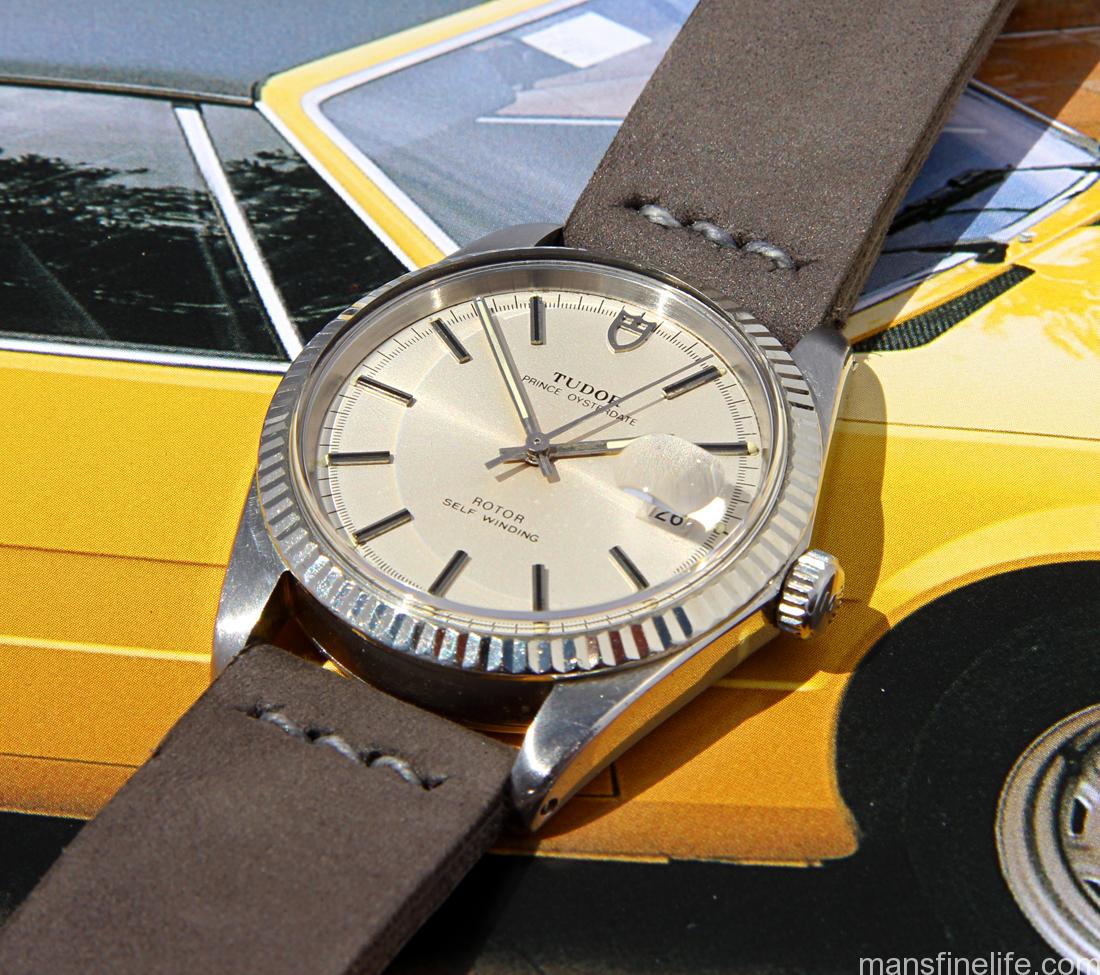
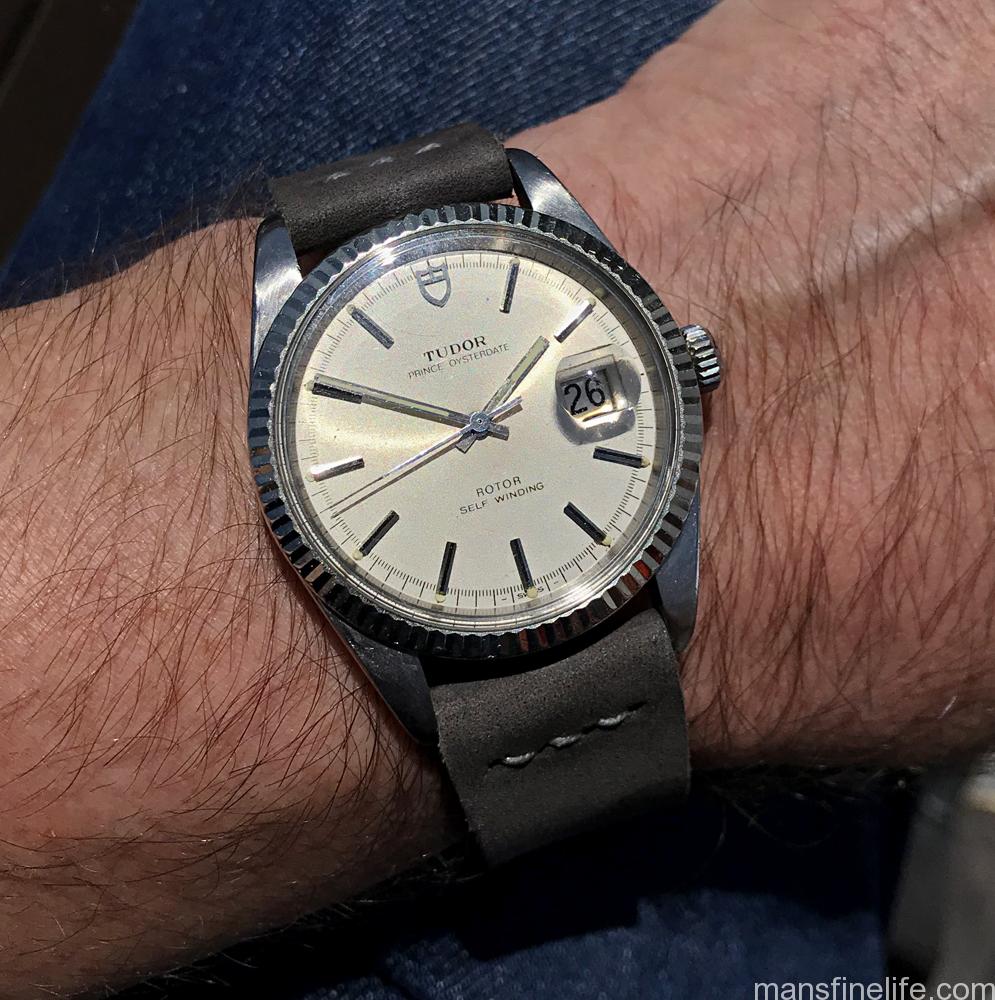
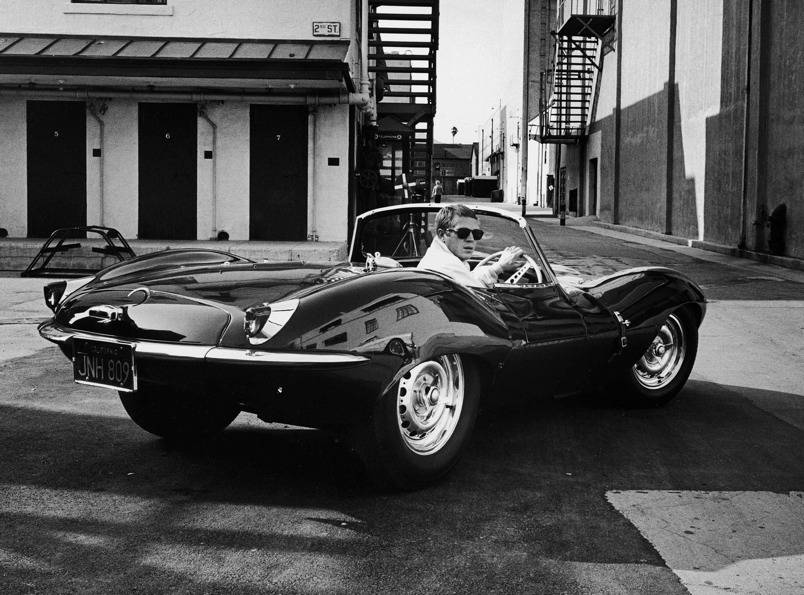
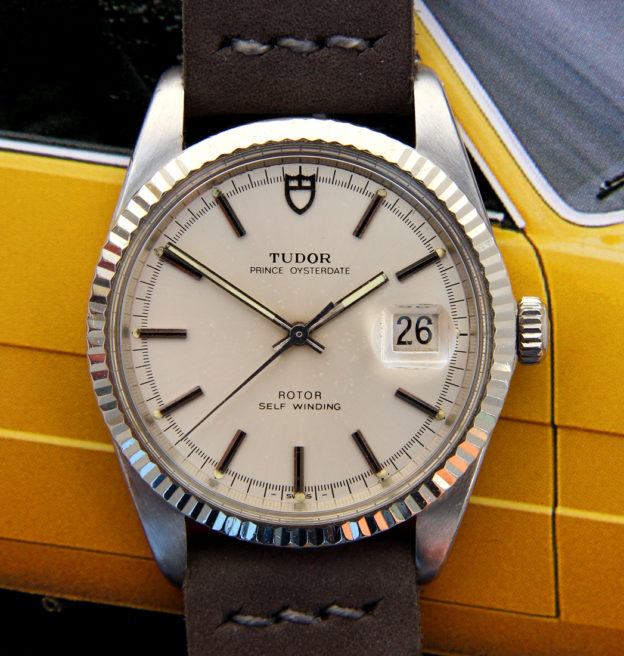
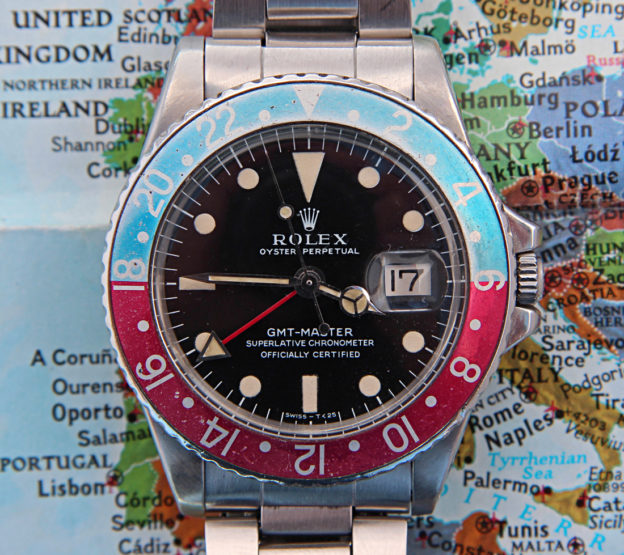
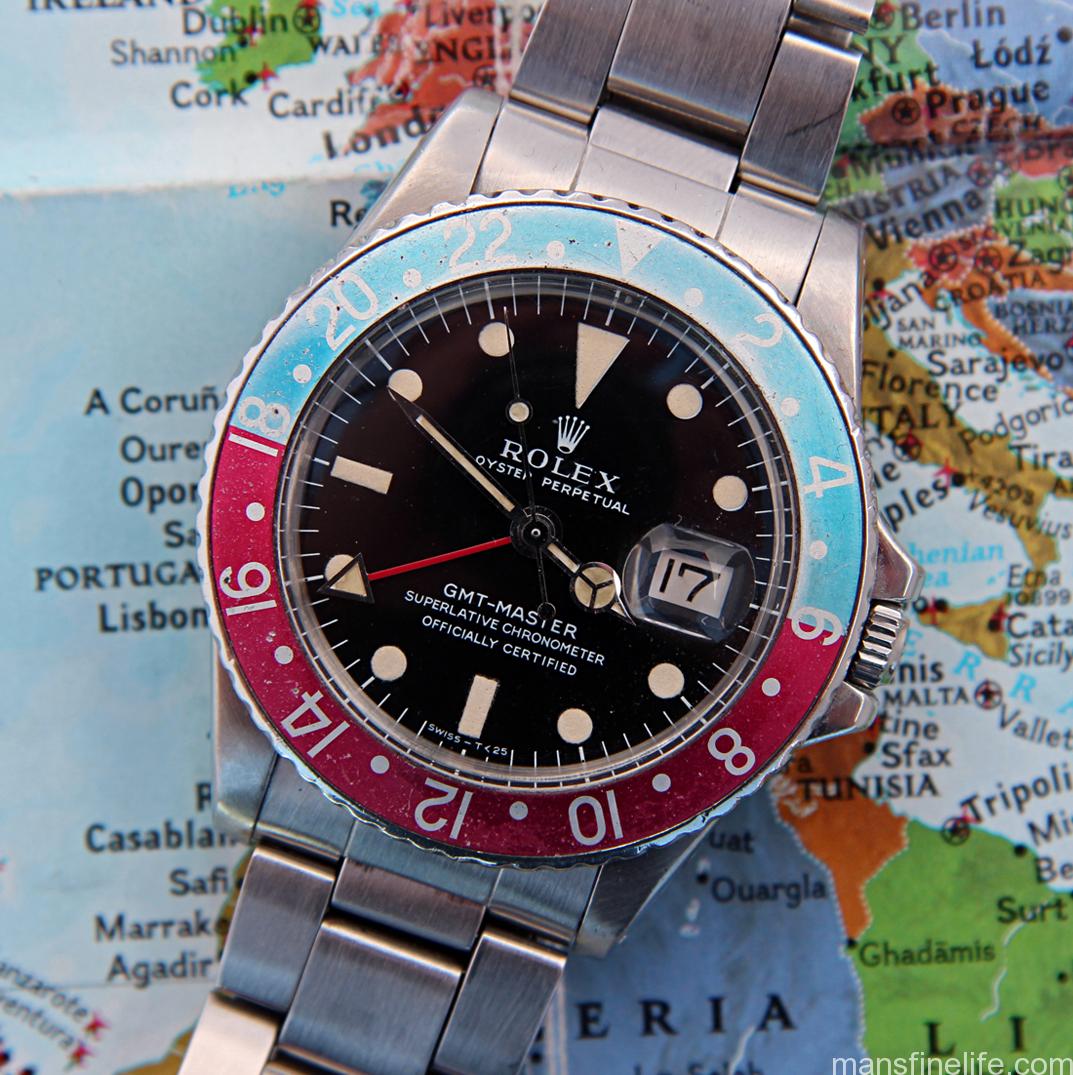
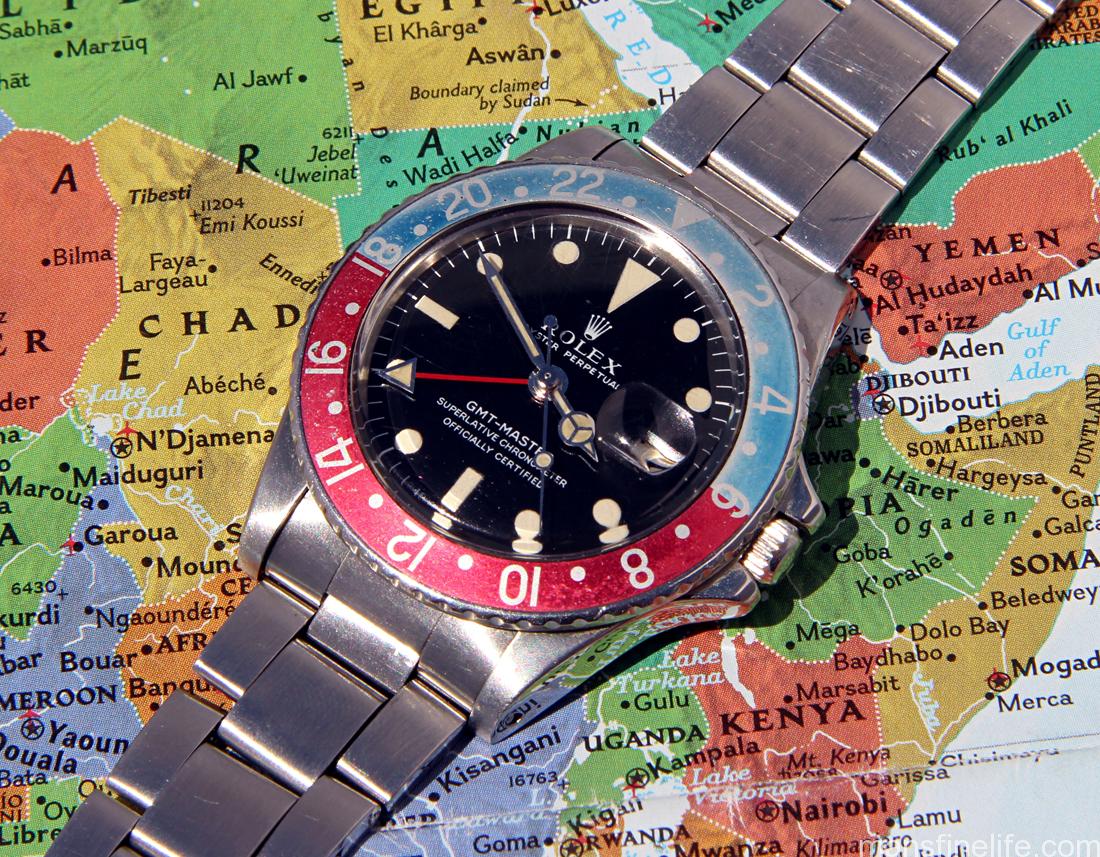
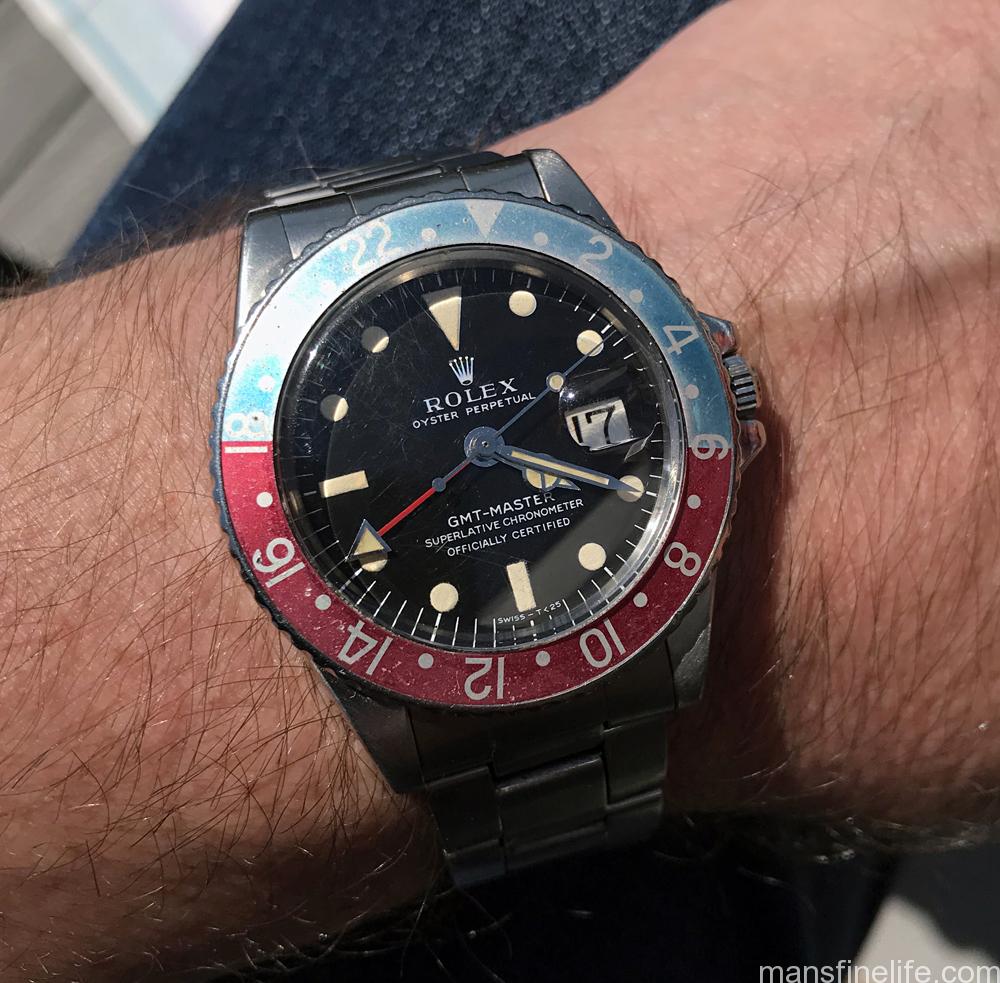
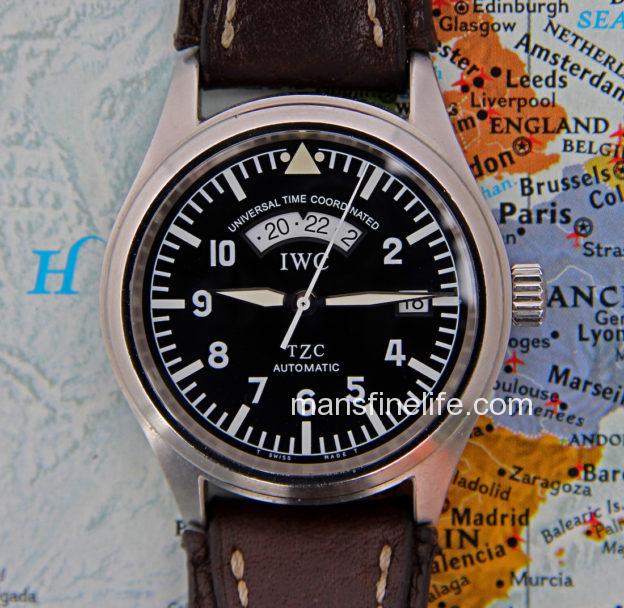
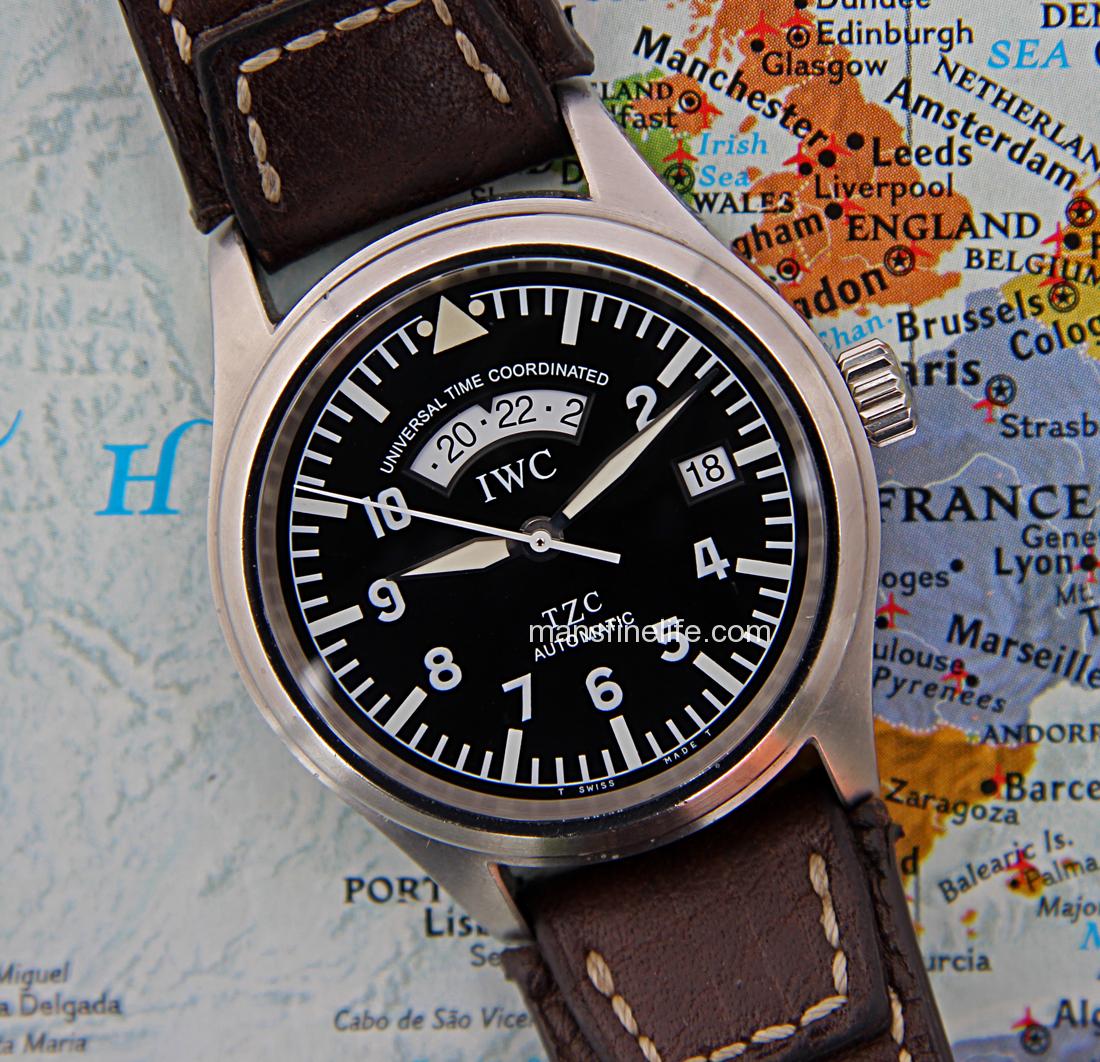
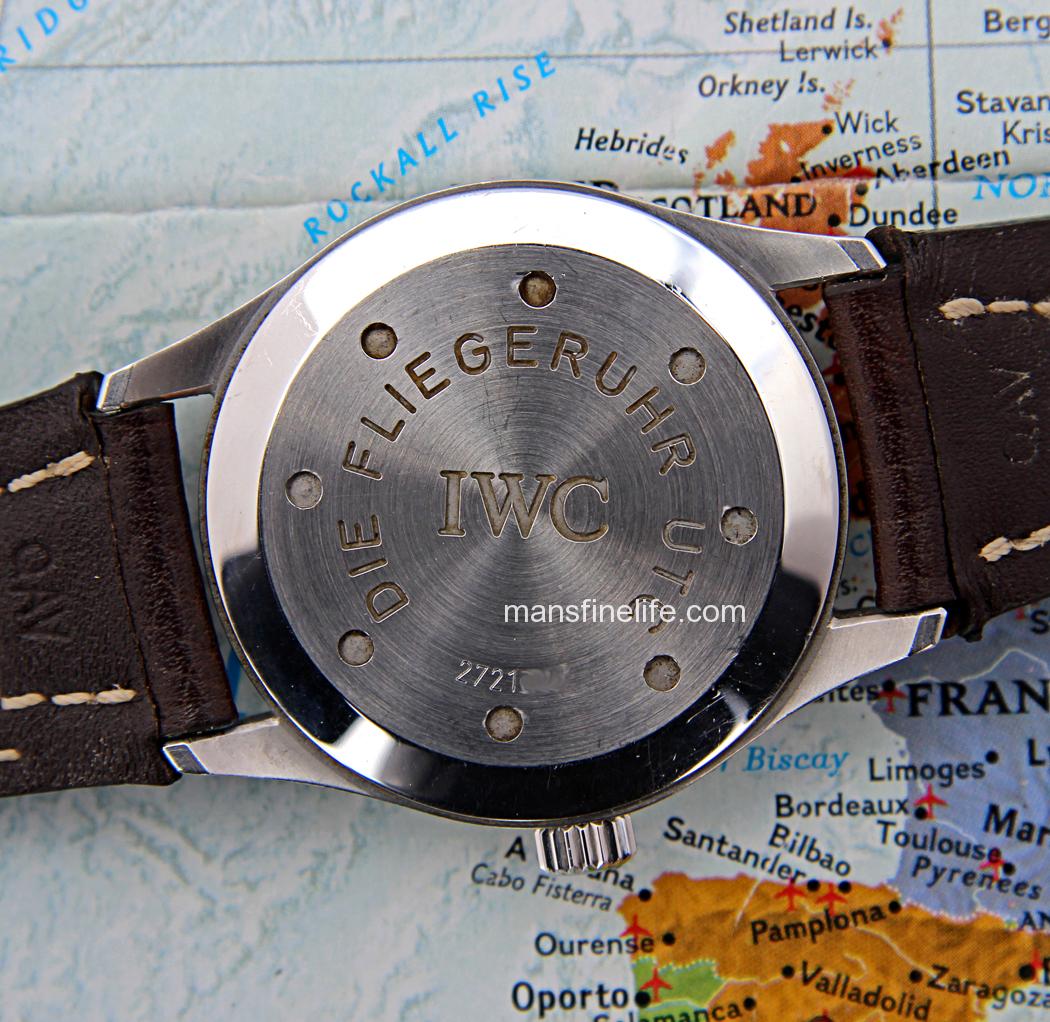
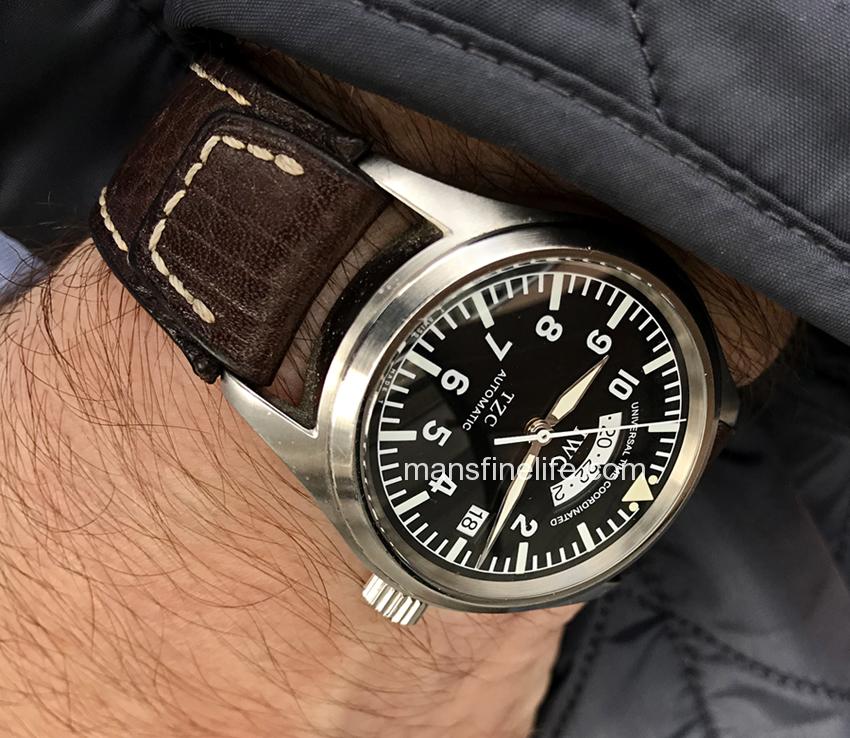




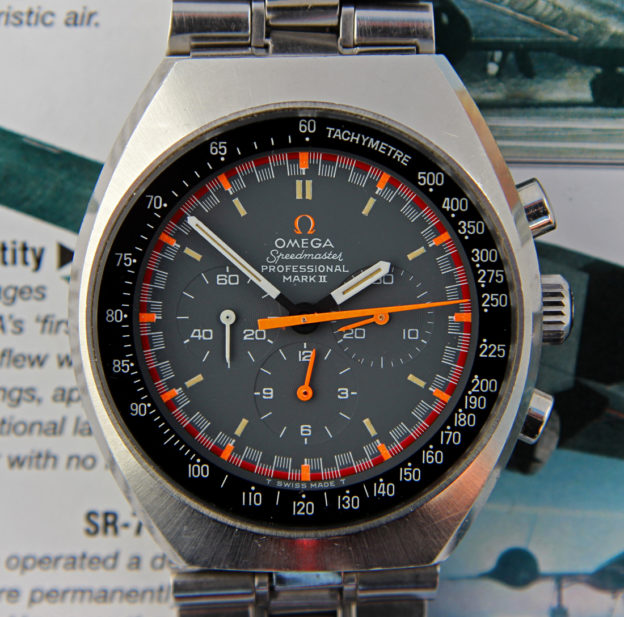
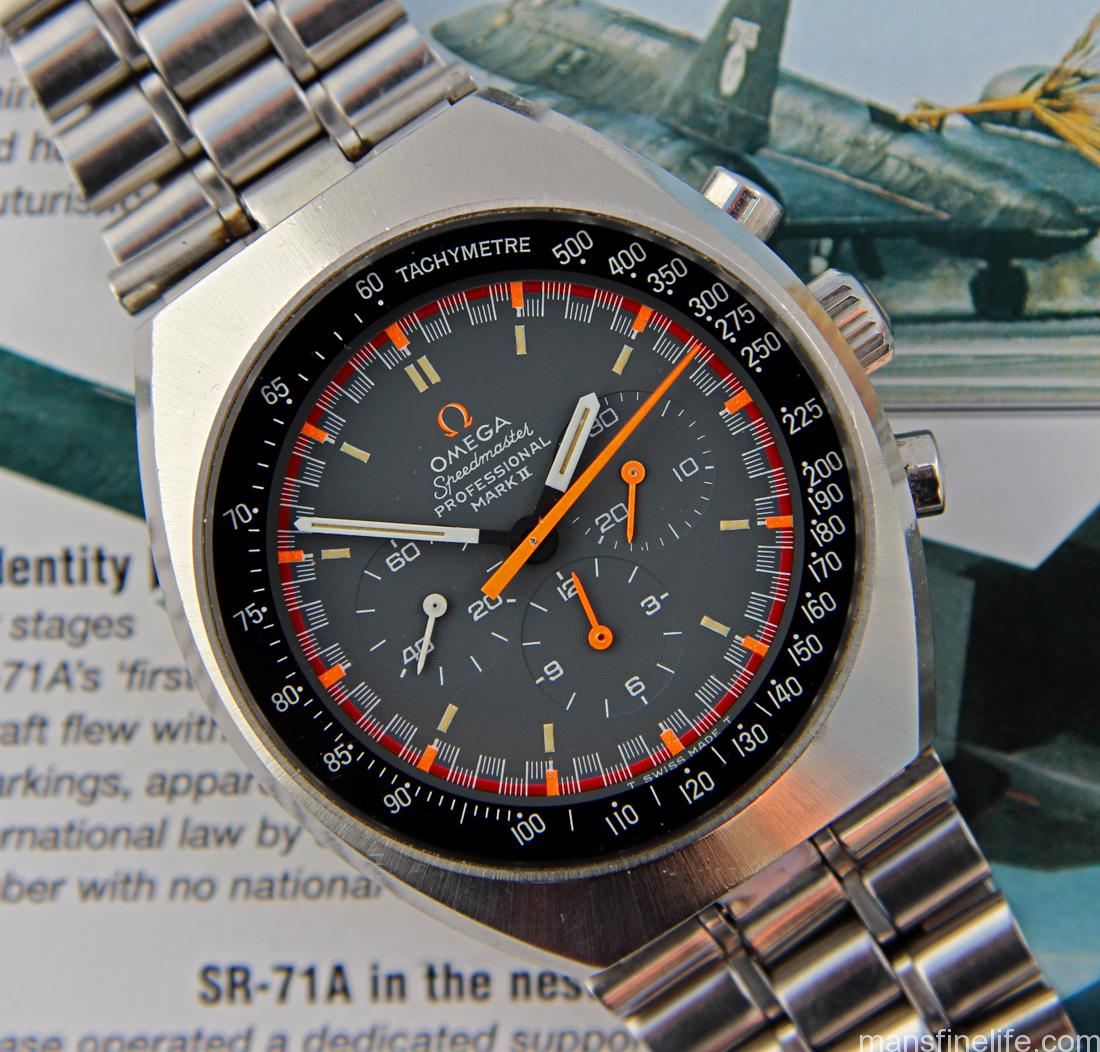
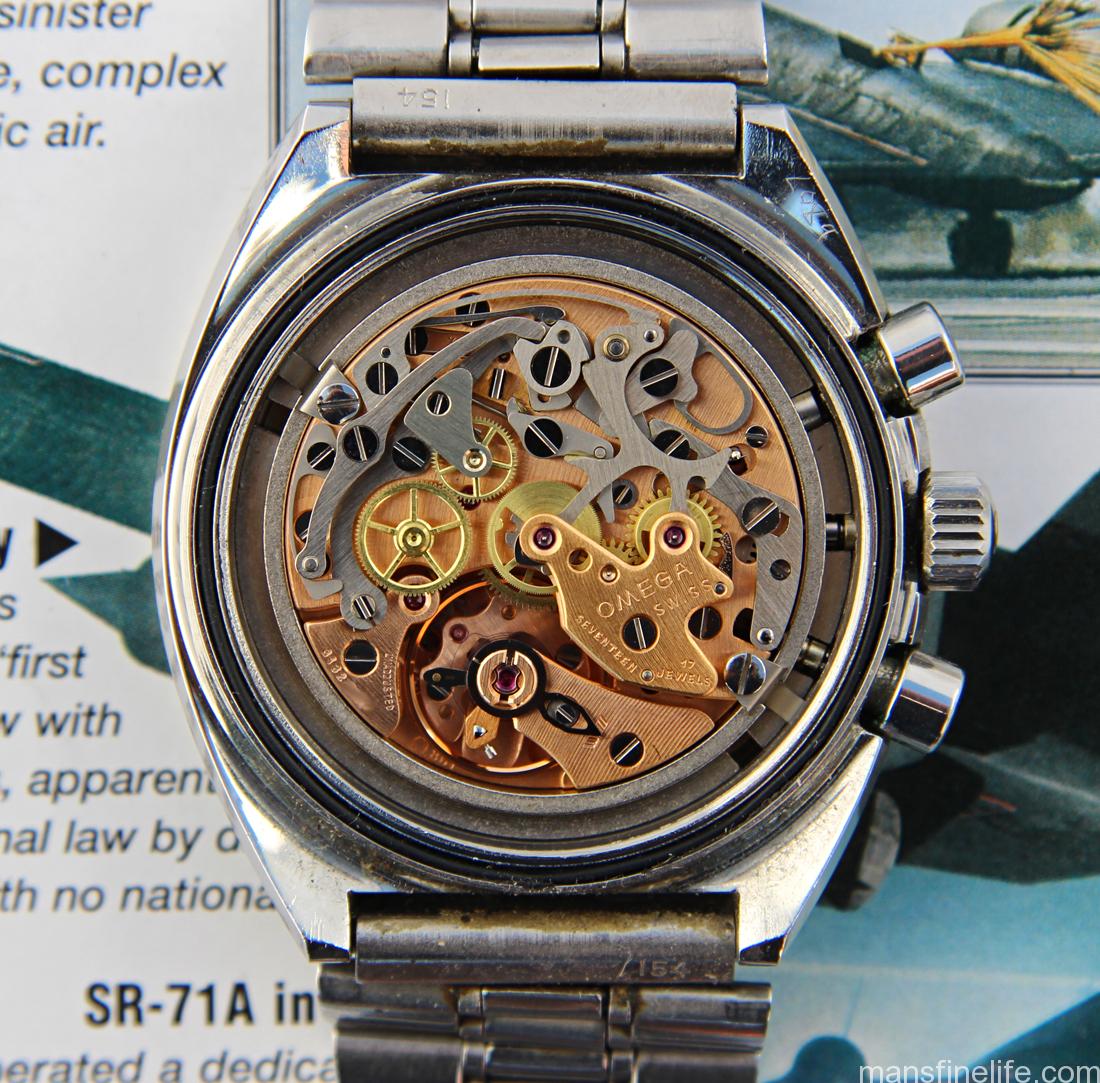
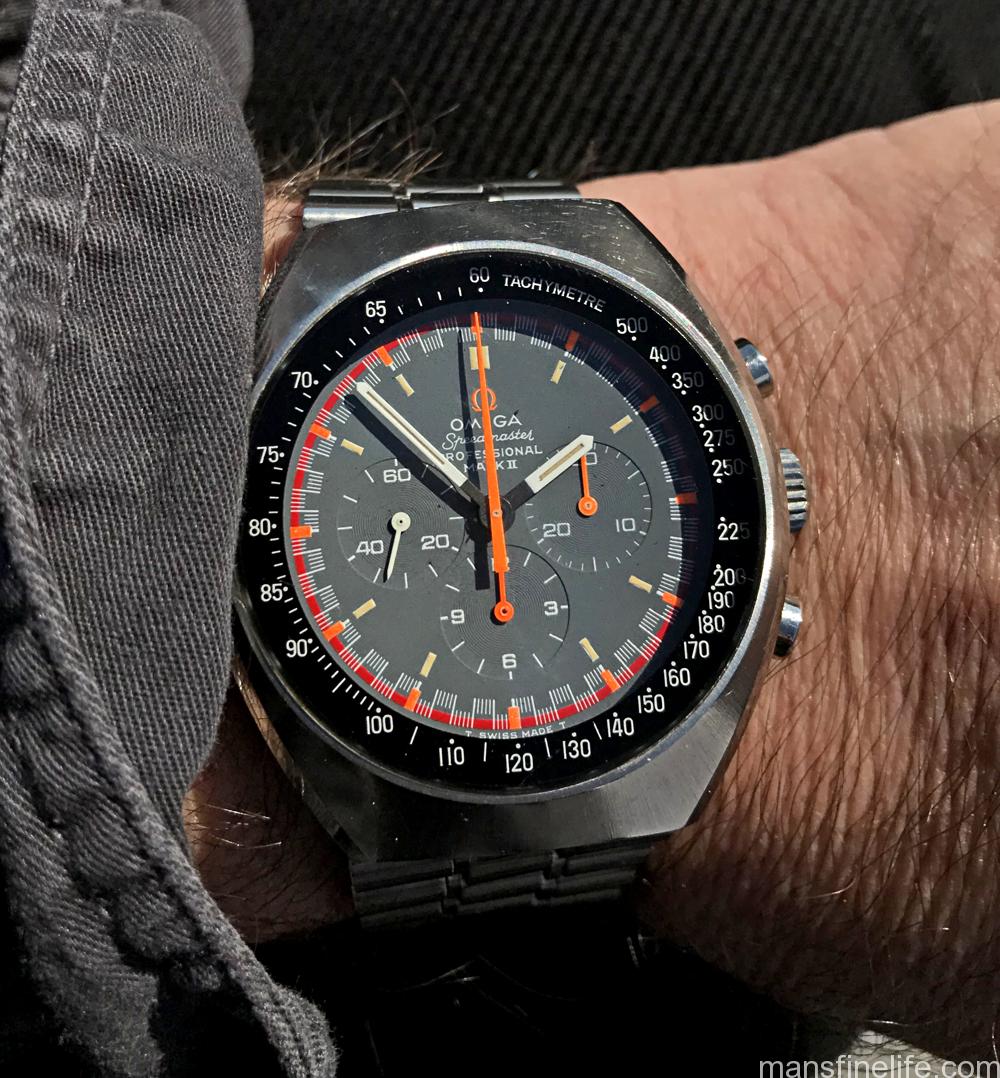

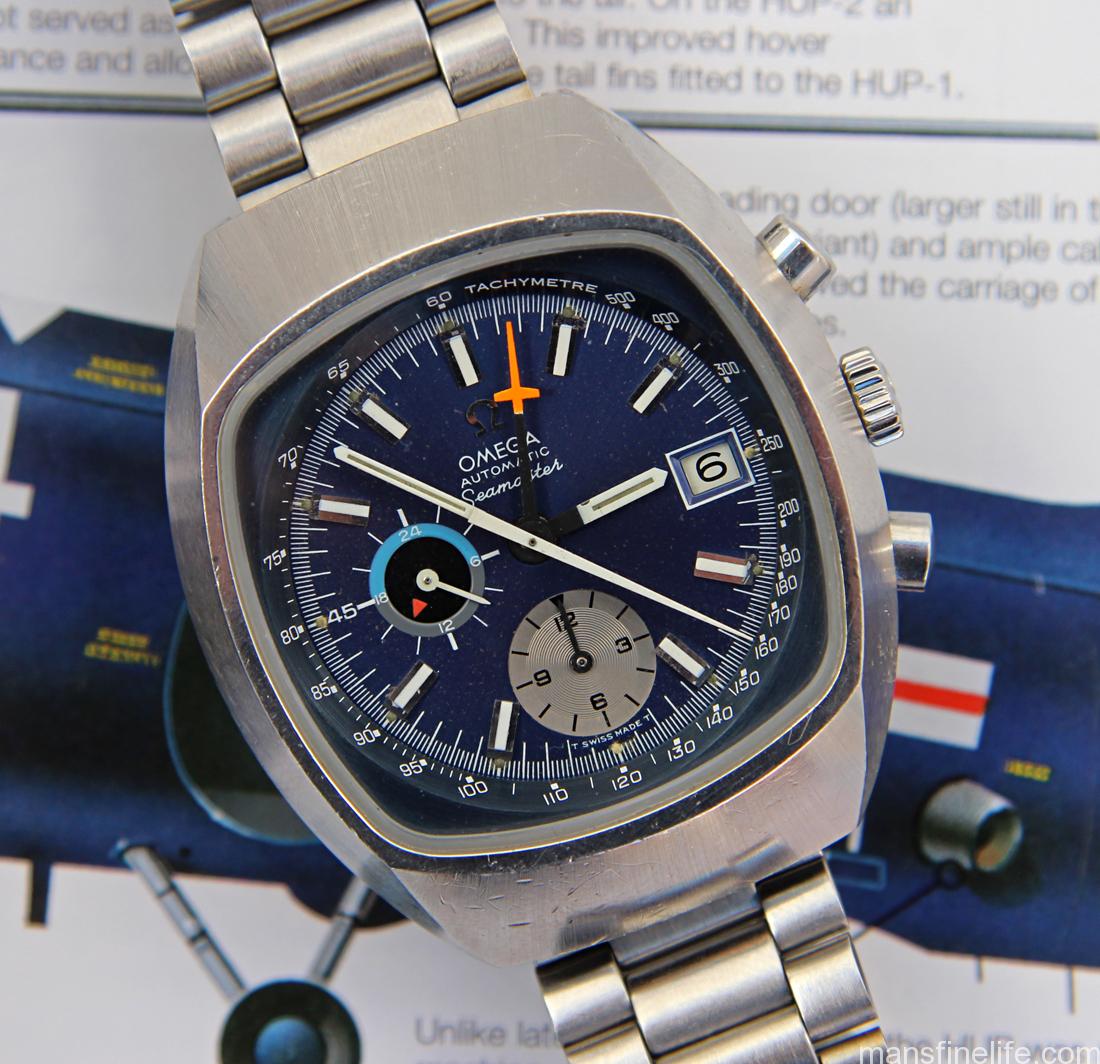
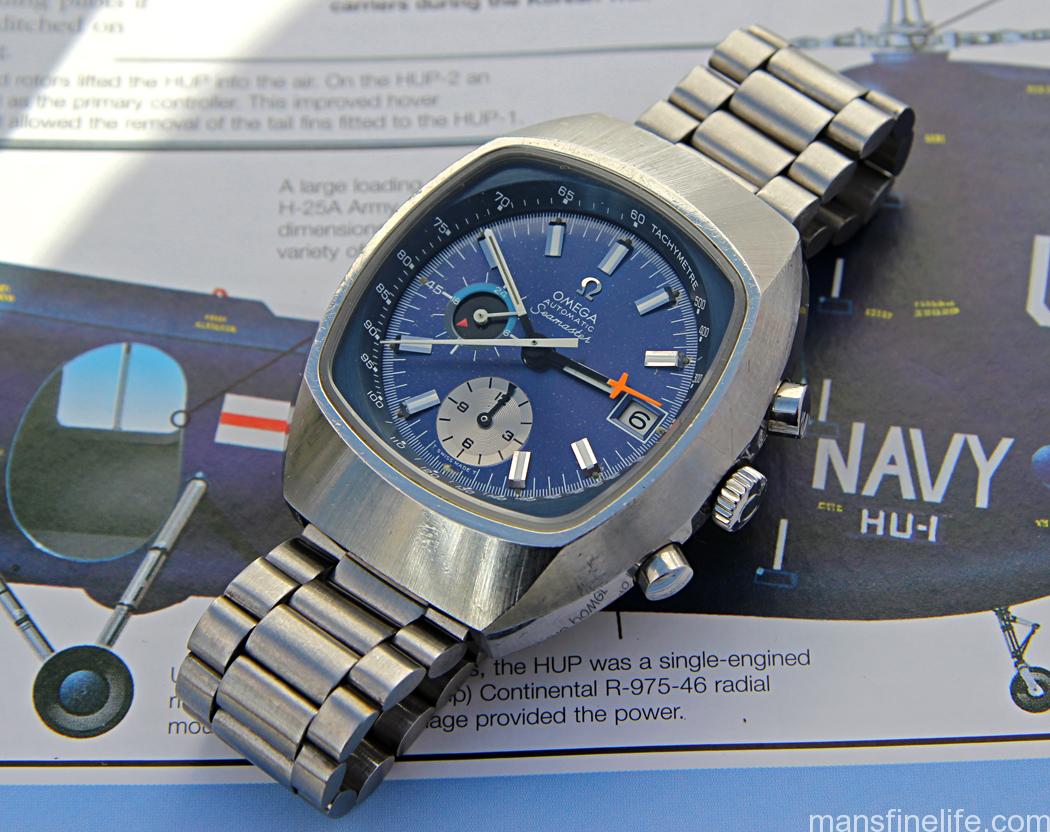
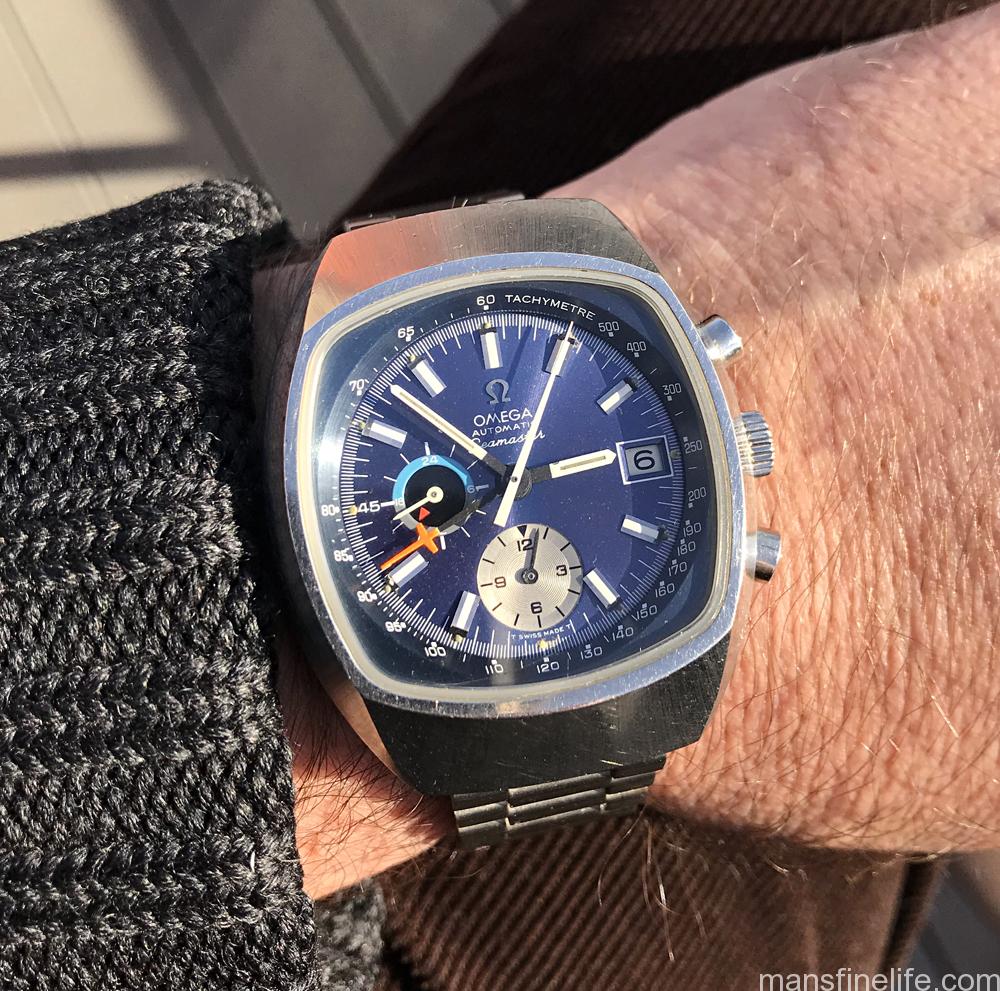
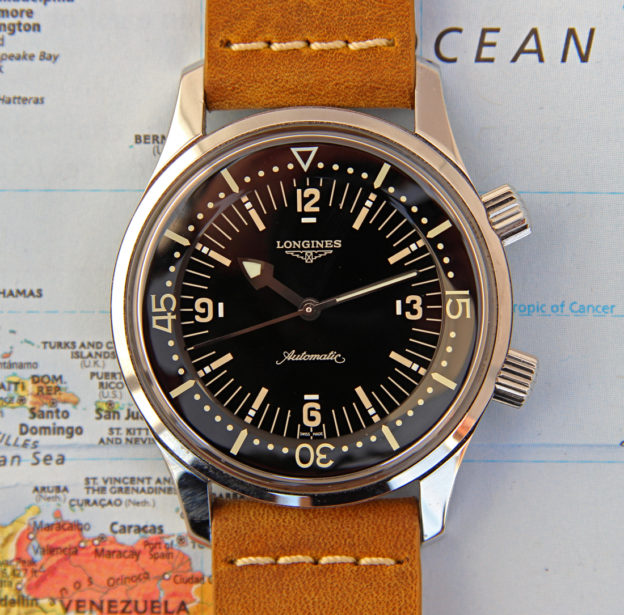
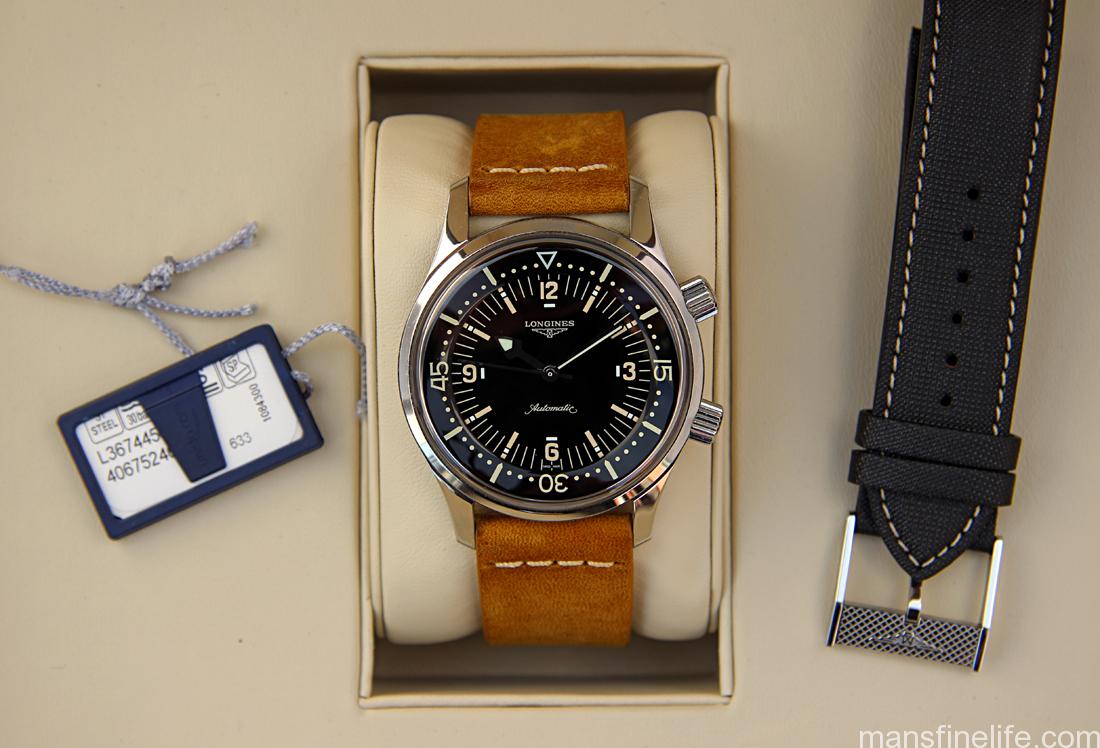
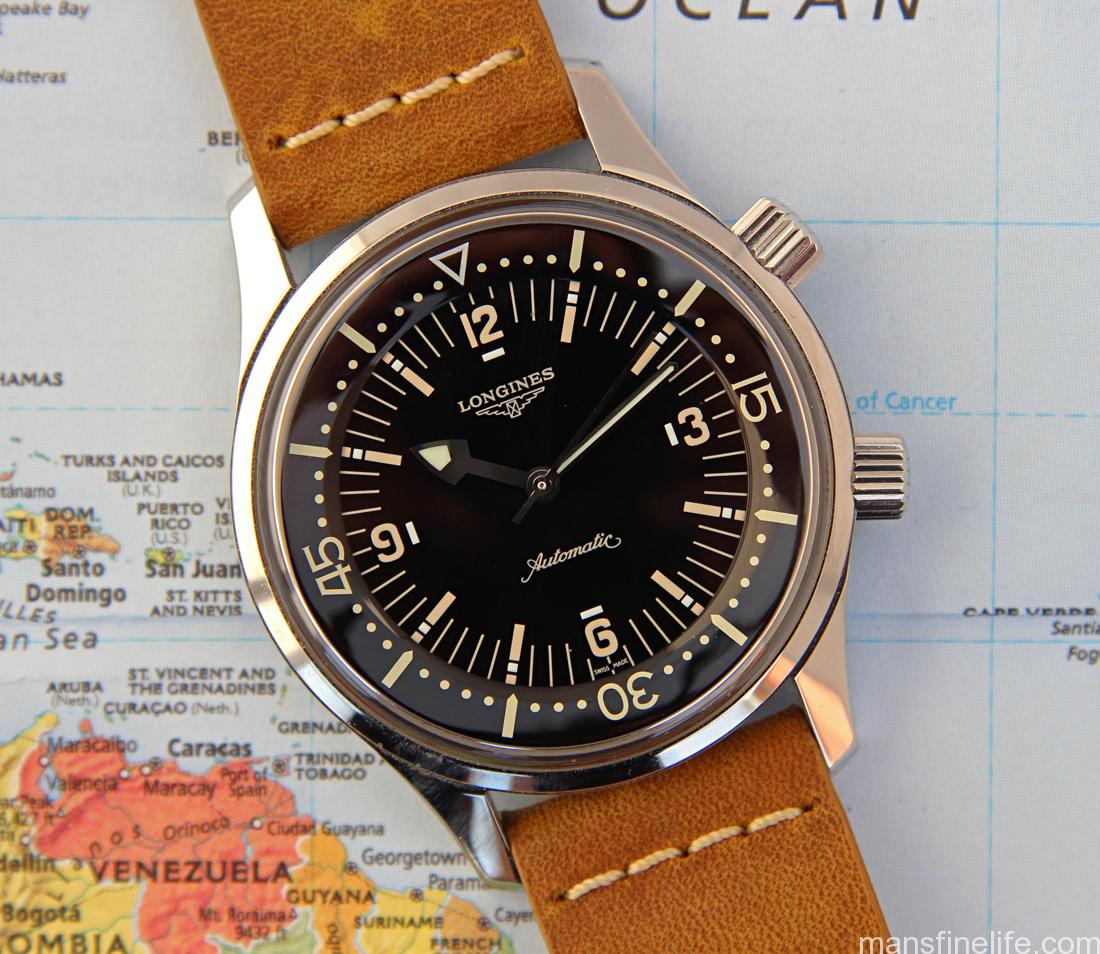
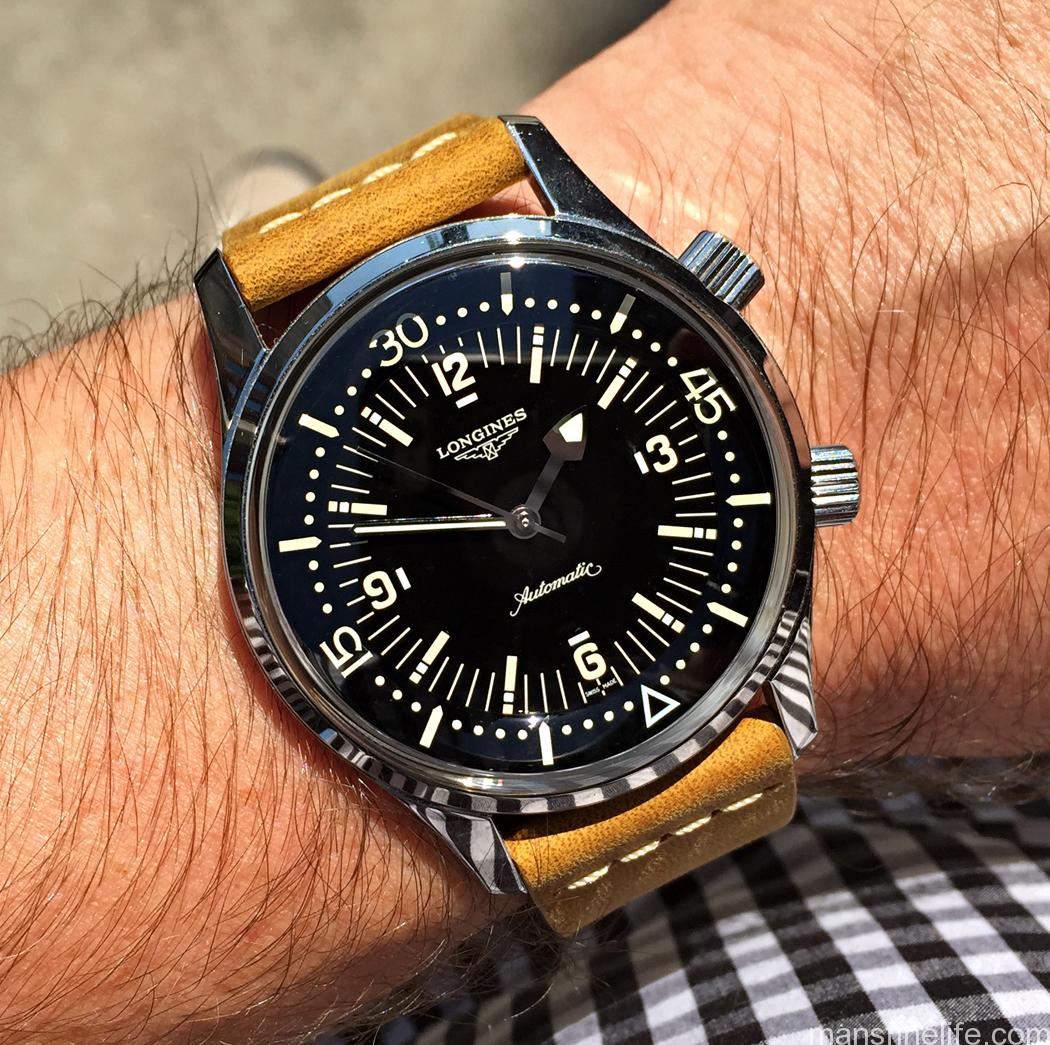
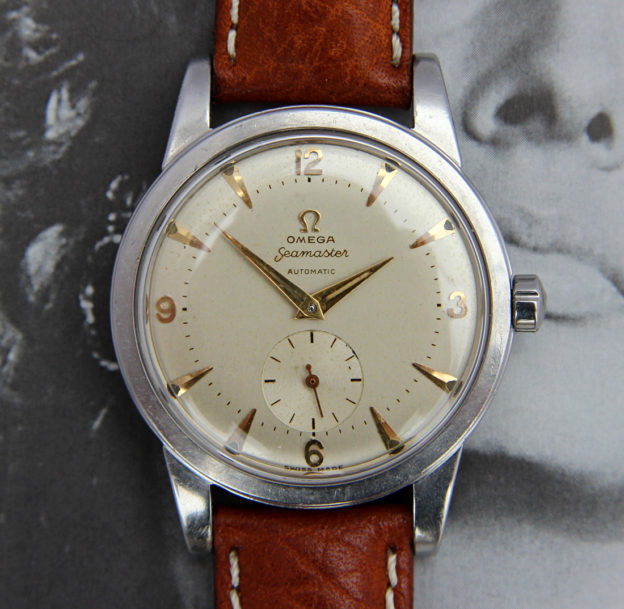
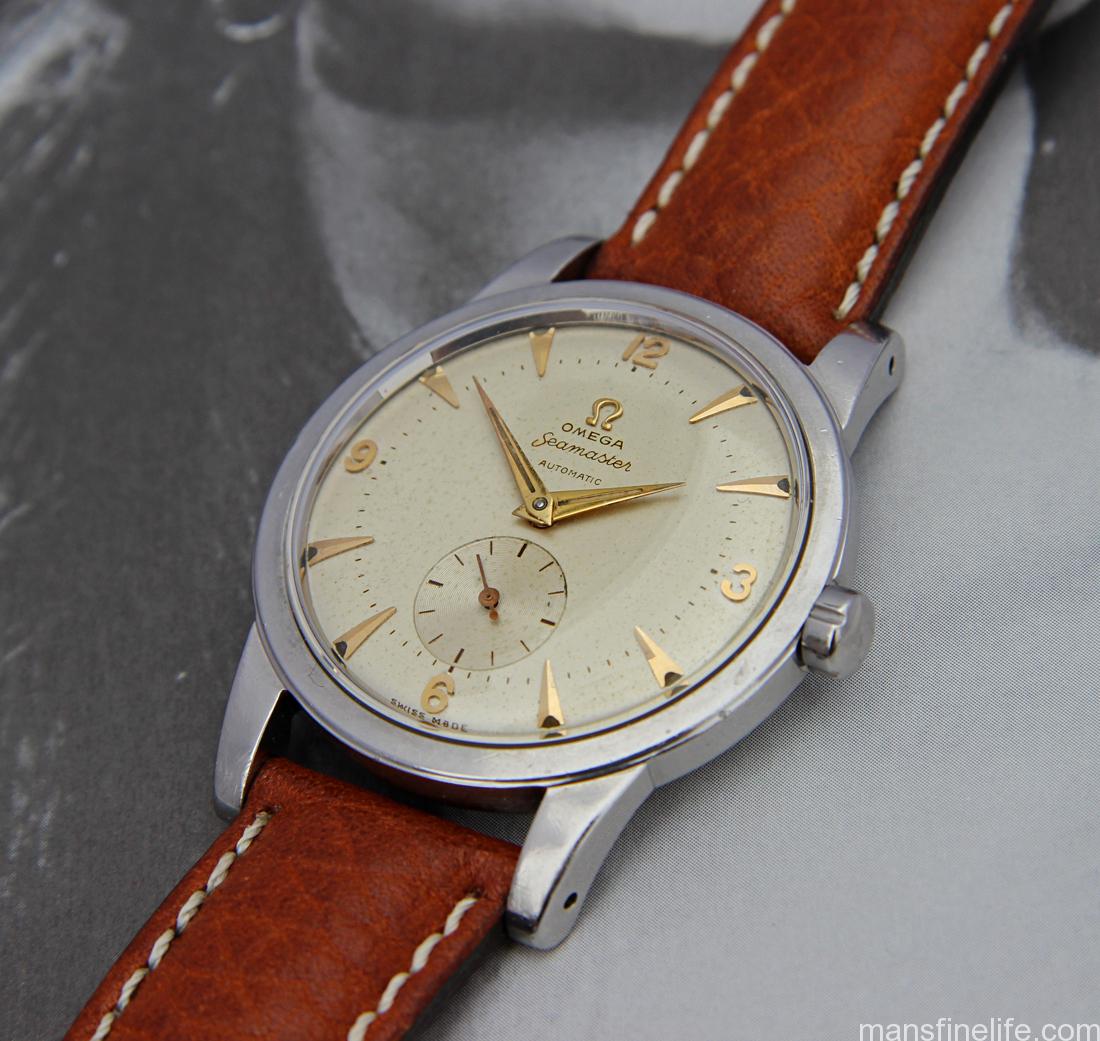
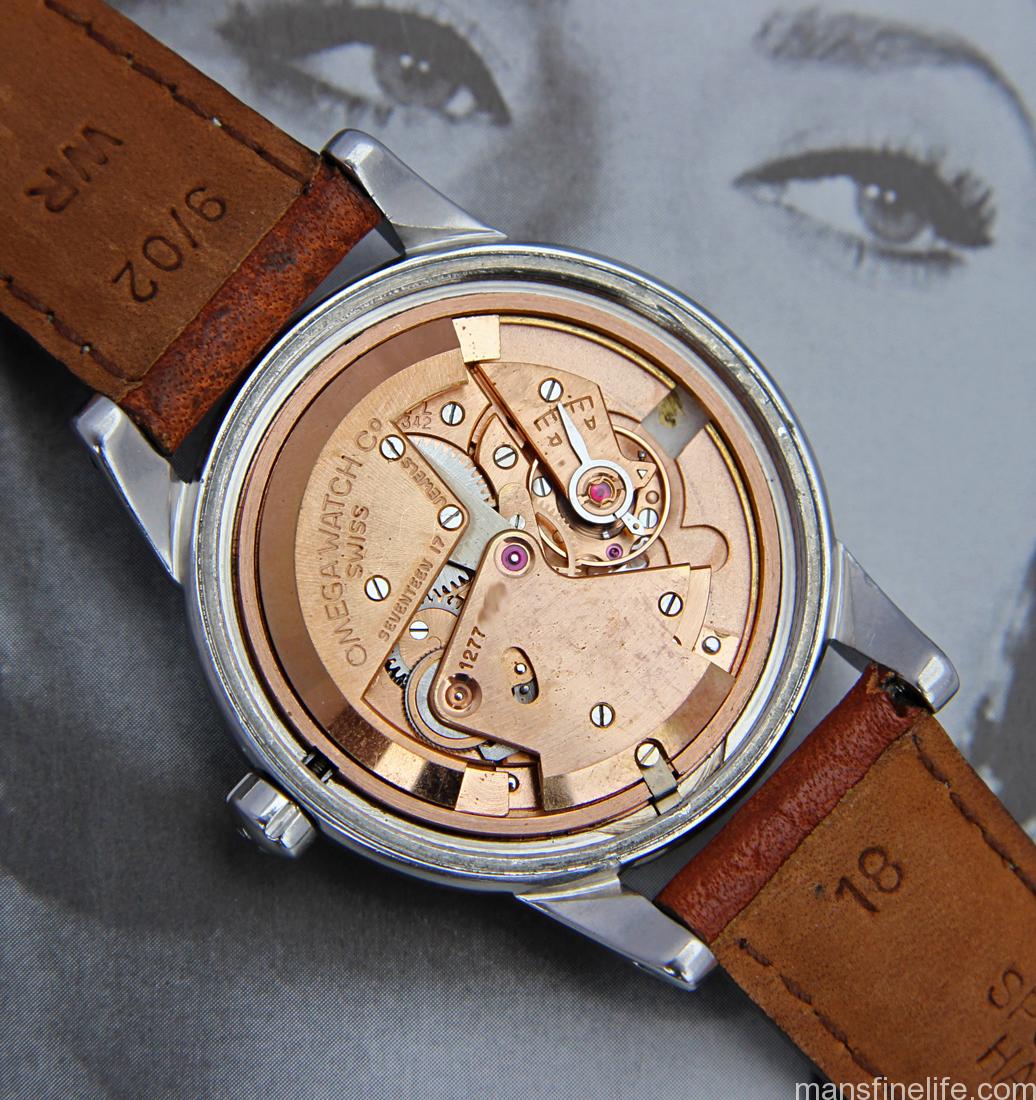
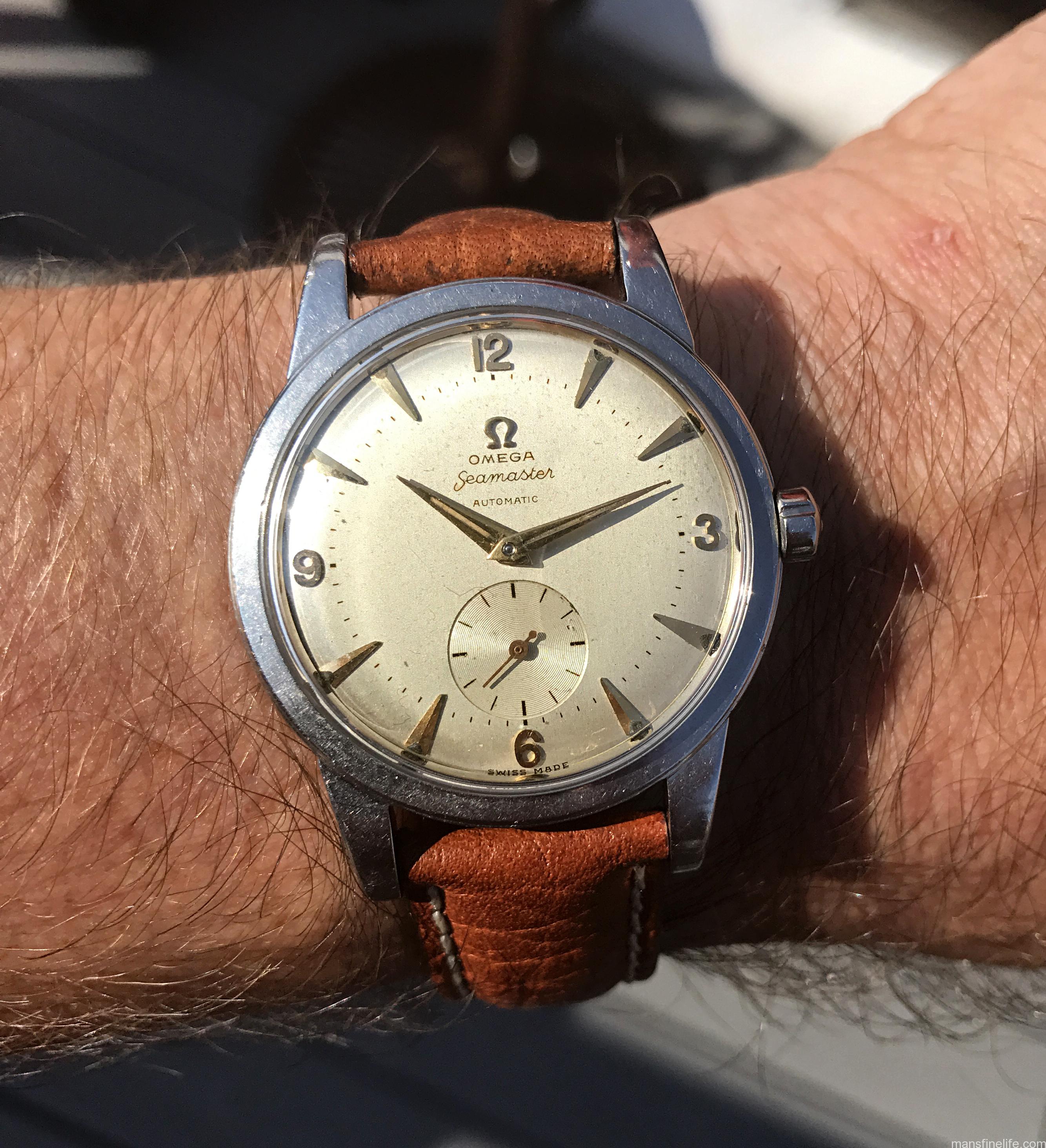

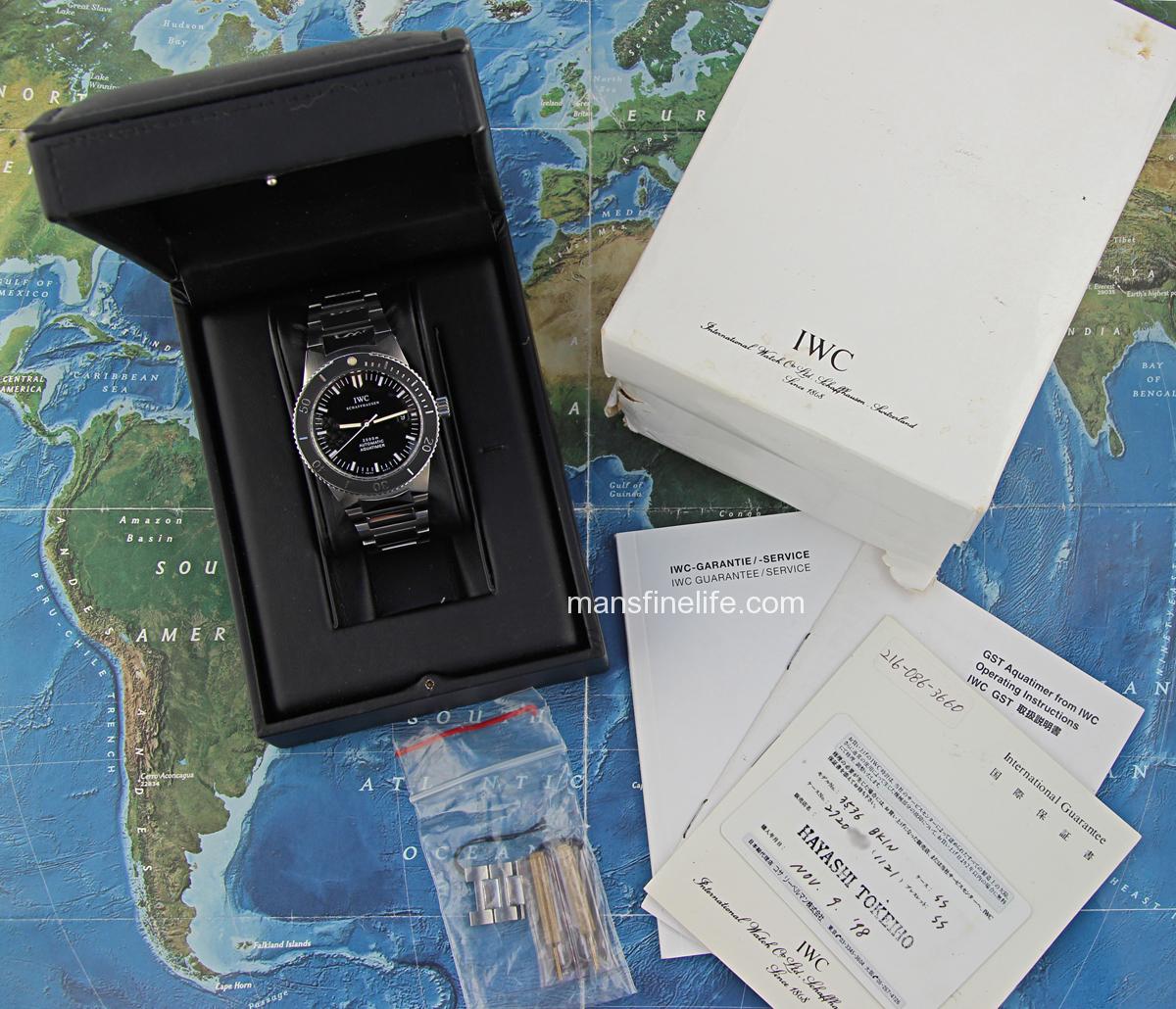 This example of long discontinued and long admired professional grade dive watch has the more uncommon stainless steel case (most were made in titanium) with matching fantastically designed integrated bracelet. Better yet, this true tool watch from the great Schaffhausen marque comes complete with inner and outer boxes, manuals & IWC guarantee card (in Japanese), bracelet tools and a couple of extra links.
This example of long discontinued and long admired professional grade dive watch has the more uncommon stainless steel case (most were made in titanium) with matching fantastically designed integrated bracelet. Better yet, this true tool watch from the great Schaffhausen marque comes complete with inner and outer boxes, manuals & IWC guarantee card (in Japanese), bracelet tools and a couple of extra links.

 Running like a top and ready for action this big steel IWC Aquatimer 2000 GST is ready for any aquatic adventure you’re likely to dream up. And if you find yourself stuck here in wintertime at least you can console yourself with a stylish, tough and rapidly-becoming-vintage classic on your wrist that can stand up to digging your car out of a snow drift and still help you cut a fine figure when you finally make it your office or evening’s engagement.
Running like a top and ready for action this big steel IWC Aquatimer 2000 GST is ready for any aquatic adventure you’re likely to dream up. And if you find yourself stuck here in wintertime at least you can console yourself with a stylish, tough and rapidly-becoming-vintage classic on your wrist that can stand up to digging your car out of a snow drift and still help you cut a fine figure when you finally make it your office or evening’s engagement.
